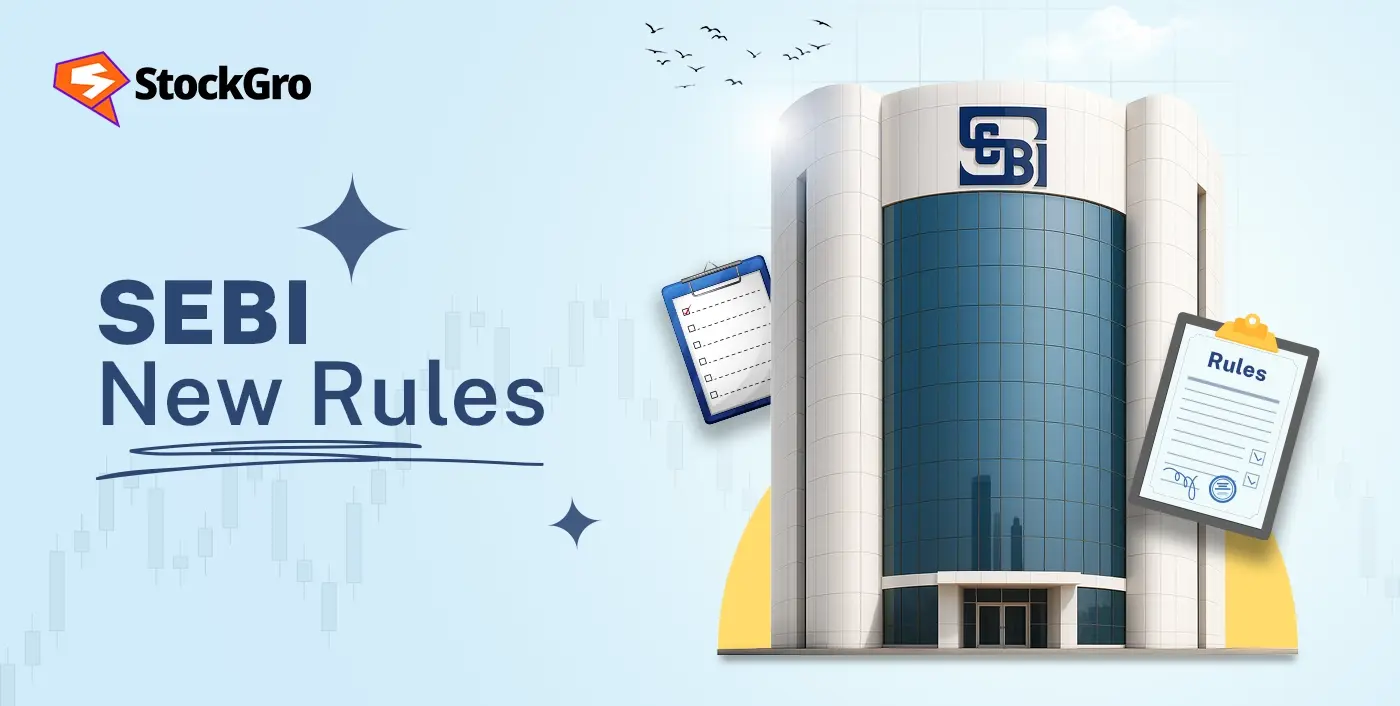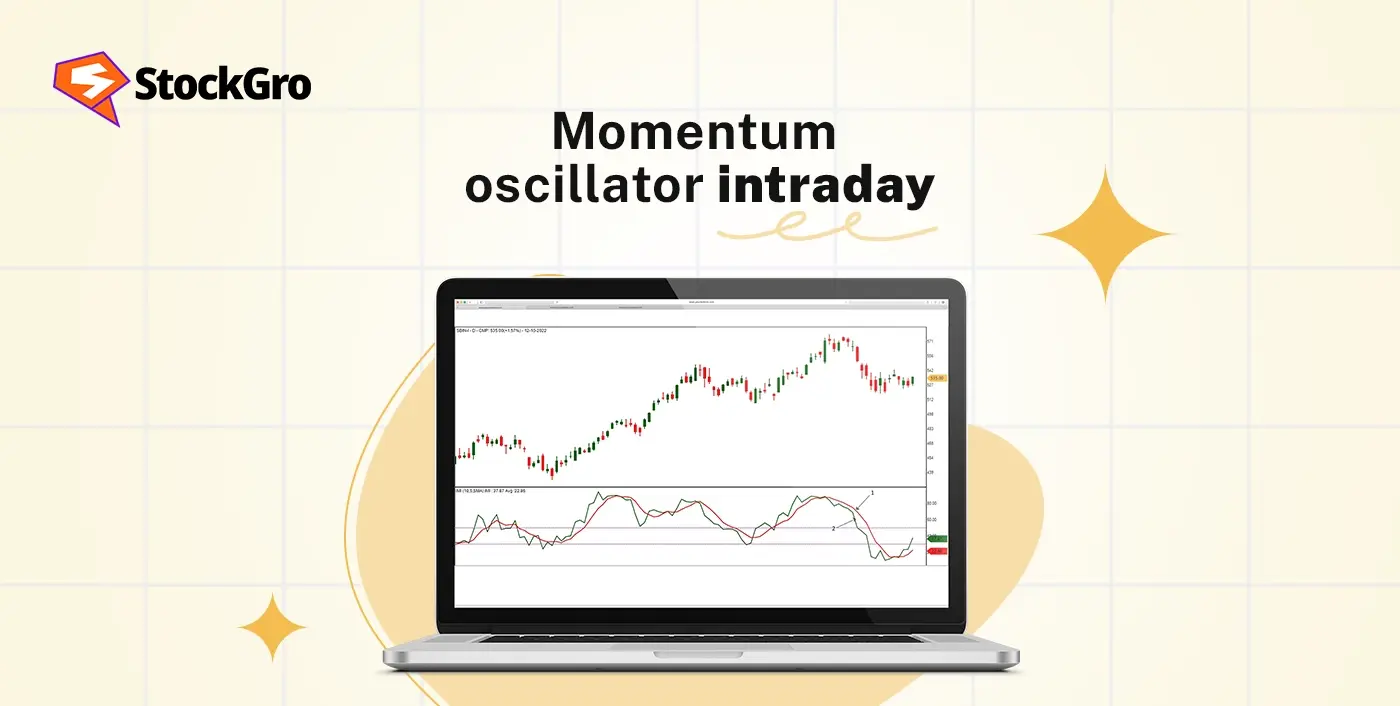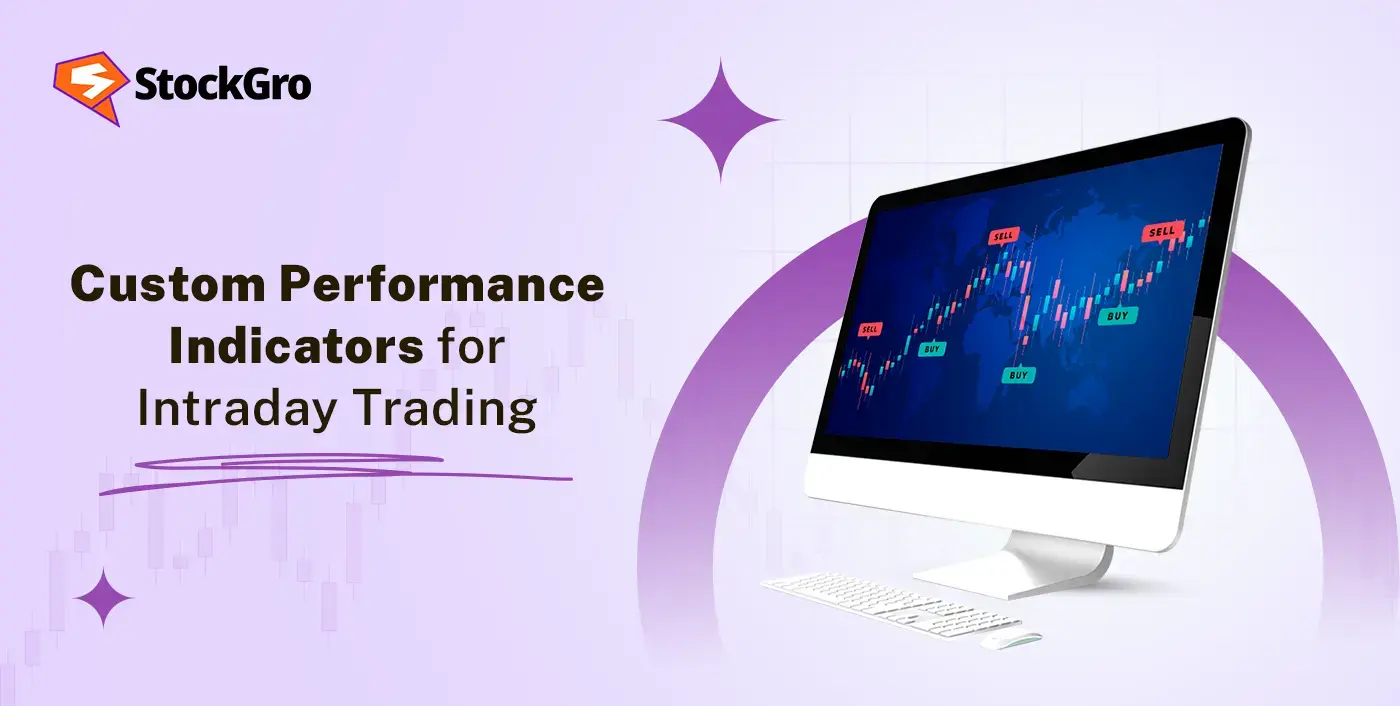
Introduction
Over the past few years, the trend for intraday trading has grown considerably in India. Increasingly, retail traders are entering the markets every year. While margin trading lets traders take larger positions in the market with relatively less capital, it also increases exposure to market risks. However, this led to large losses in many cases, especially when markets turned volatile. According to a study by SEBI, 70% of individual intraday traders in the equity cash segment have made losses in the past few years.
In this view, the Securities and Exchange Board of India (SEBI) keeps introducing new rules that directly impact intraday traders.
Let’s understand the new rules
SEBI new rules for intraday margin
SEBI has revised the timeline for collecting intraday margins from clients to match the T+1 settlement system. This is one of the most significant regulatory changes for brokers and intraday traders.
- New margin collection timeline (Effective April 28, 2025):
Brokers, also known as trading members or clearing members, must now collect all margins by the T+1 settlement day (i.e., the next working day after the trade). Previously, brokers were allowed to collect these margins up to T+2 days after the trade was executed.
This new timeline applies to all margins except for Value at Risk (VaR) and Extreme Loss Margin (ELM).
- Real-time position monitoring (Effective April 1, 2025):
Stock exchanges will now capture at least four intraday snapshots of open positions during the trading day.
Key Regulatory Changes in Derivatives & Leverage (2025):
- Full premium upfront: Starting Feb 1, 2025, option buyers must pay the full premium in advance, no leverage is allowed in the market.
- No expiry-day spread benefit: Calendar spread margin benefits will not be available on the expiry day for expiring contracts.
- Leverage restriction: Brokers can offer a maximum leverage of 5x (20% margin). This cap will be strictly enforced.
- Expiry-day margin: On expiry days, option sellers must maintain an additional 2% Extreme Loss Margin (ELM).
- Trading ban in watchlist stocks: Intraday trading will not be permitted in ESM and T2T category stocks.
Intraday margin requirements
Intraday traders are required to maintain a minimum margin as specified by SEBI. These are the requirements:
- SEBI enforced a minimum margin of 20% of the transaction value. This means traders must deposit at least 20% of the total trade value upfront with their broker to access margin facilities
- This margin must be deposited upfront with the broker before taking the intraday position.
- VaR margin: This is the minimum amount of margin that must be collected to cover potential losses due to normal market movements. This is collected before trade execution.
- Extreme Loss Margin (ELM): This is an additional buffer collected to cover rare and extreme market movements that go beyond the usual volatility. Collected before trade execution.
- Other margins (like exposure margin): Must now be collected by T+1 settlement day.
Who is eligible for intraday margin?
While intraday margin trading is available to all investors in India, there are some basic eligibility conditions set by SEBI.
- Active trading and a demat account: Investors must have both a registered trading account and a demat account with all mandated documentation and verification as per regulatory standards.
- Minimum balance: The minimum upfront margin required for intraday trading in the equity cash segment is 20% of the total transaction value. The absolute amount may vary by broker and product, but SEBI sets this as the regulatory floor.
- KYC compliance: All traders must complete Know Your Customer (KYC) processes as per SEBI’s guidelines, involving PAN, Aadhaar, proof of address, and other statutory details.
Why did SEBI change the rules?
With the number of intraday traders increasing and their lack of due diligence, SEBI aims to manage the regulations and risks in the market. Here are some of the factors behind these changes:
- Reduce market volatility:
Intraday trading, especially on expiry days, involves excessive speculation and high leverage. This led to sharp market swings and instability. SEBI aims to control such volatility by tightening margin requirements and reducing leverage misuse.
- Protect retail traders:
A large number of traders incurred heavy losses in the derivatives segment. SEBI’s studies showed that 89% to 93% of individual F&O traders were losing money. These new rules aim to reduce uninformed, high-risk trading and improve investor protection.
- Align with the T+1 settlement cycle:
Since India shifted to a T+1 settlement system in January 2023, the previous margin collection timeline (T+2) was no longer compatible. SEBI has now synchronised the margin deadlines with the shorter settlement cycle to improve efficiency and risk control.
- Standardization across brokers:
Earlier, brokers offered varying leverage and margin policies, creating inconsistency in the market. The new rules standardise and improve transparency to prevent brokers from misusing client securities or providing excessive leverage without proper checks.
Advantages of intraday margin
Intraday margin trading offers various advantages that can increase the participation of traders in the market:
- Allows traders to take larger positions with less capital, increasing trading opportunities within a single day.
- Securities held in the Demat account can be used as collateral, providing additional funds beyond available cash.
- With higher exposure, traders may potentially earn better returns from favorable intraday price swings.
- Margin enables traders to diversify across multiple stocks and also opens the door to short-selling opportunities during market downturns.
Disadvantages of intraday margin
While intraday margin trading can increase potential returns, it comes with various risks that traders must understand before entering the market:
- If the market moves against the trade, the broker may demand additional funds or close your position automatically.
- Brokers often require traders to maintain a set balance, especially during high volatility or in leveraged positions.
- All trades must be closed during trading hours by 3:15 PM, forcing traders to make quick decisions under time pressure.
- Using margin may involve extra charges or interest on borrowed capital, which reduces your overall profit margin.
Conclusion
SEBI’s new intraday margin rules aim to make trading safer and more transparent for everyone, especially retail investors. With a clear understanding of the rules, regulations, and risks, it’s important to trade more responsibly.
FAQs
Effective April 28, 2025, SEBI mandates that all margins (except VaR and ELM) must be collected by the T+1 settlement day, instead of the earlier T+2 timeline. This means brokers must collect these margins on the next working day after the trade is executed, aligning with India’s T+1 settlement cycle for faster and safer market operations.
Yes, intraday traders can still use margin, but with stricter rules. SEBI now enforces a minimum 20% upfront margin requirement. Additionally, brokers are not allowed to offer leverage beyond 5x, and no intraday trades are allowed in specific stocks like those under the ESM or T2T categories. This ensures that traders use margin more responsibly.
VaR (Value at Risk) margin covers expected daily price fluctuations and is collected upfront to manage regular market risk. ELM (Extreme Loss Margin) provides an extra buffer against rare or extreme market movements. Both margins are collected before the trade is executed and form the core safety net in SEBI’s intraday margin framework.
SEBI observed high volatility and excessive speculation on expiry days, leading to sharp market swings. To address this, it limited maximum leverage to 5x, enforced full premium payment for option buyers, and removed spread benefits on expiry day. These changes reduce risky intraday behavior and protect retail traders from sudden losses.
Any investor with a registered trading and demat account, KYC compliance, and the minimum required margin can access intraday margin facilities. For F&O trading, brokers may also require proof of income and trading experience. Each broker may apply additional criteria, like minimum balance or suitability assessments, to manage risk exposure.

